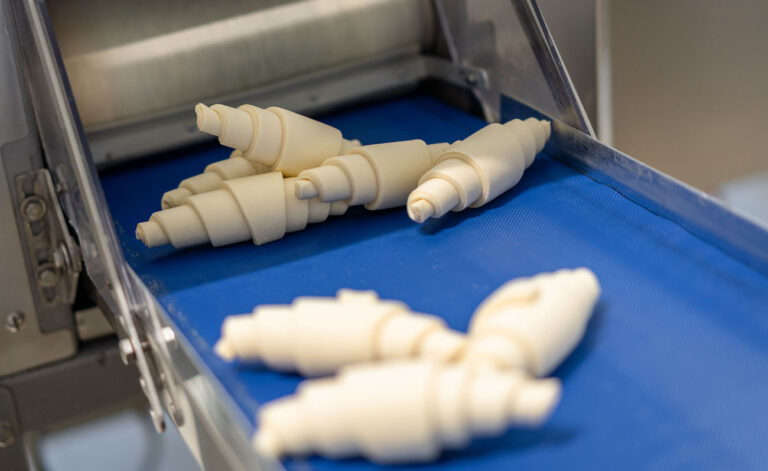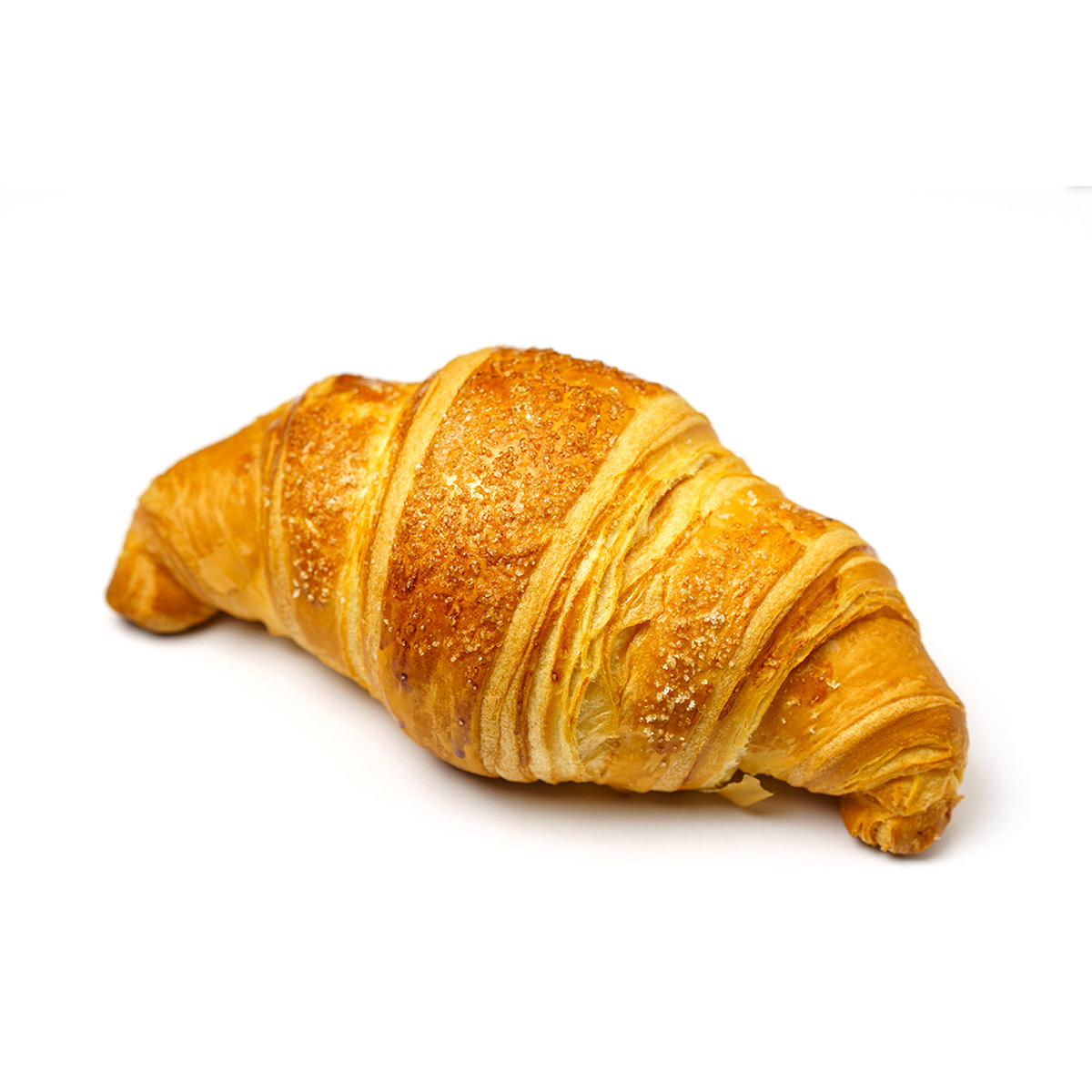Frozen food is on the daily menu for millions of families around the world and its popularity is very high. On the contrary, the story of Clarence Birdseye, considered the inventor of the modern frozen food industry, is little known.
Born in 1886 in Brooklyn, the biologist and inventor moved to work in the inhospitable region of Labrador, on the island of Newfoundland in 1912. Here he was fascinated by the method of preserving food – fish in particular – practiced by the local Inuit population.
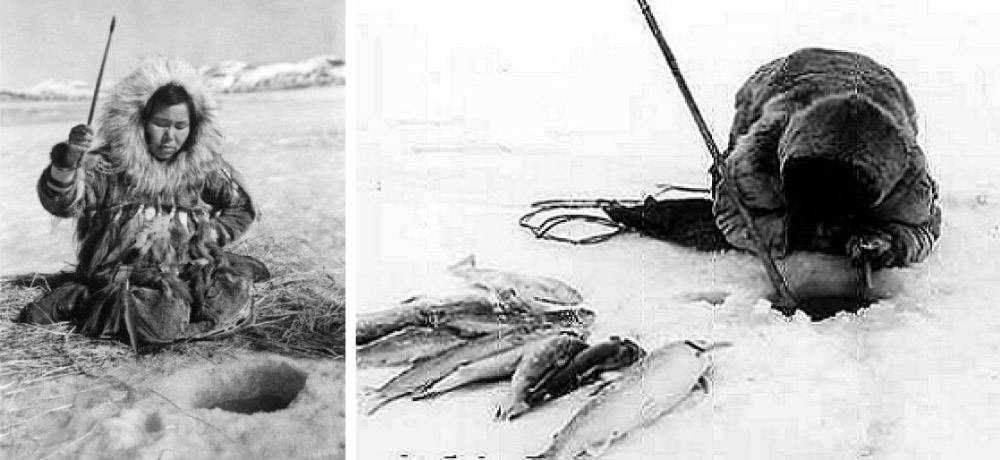
He noticed that these fishermen, who made a hole in the thick layer of ice that covered the basins, managed to freeze their catch immediately as soon as it came into contact with the cold air at -40°C.
Then the fish was transported to various homes and even after days or weeks it retained its original flavour, almost as if it had just been caught.
However, this could have worked there, in that inhospitable land. In New York it would have definitely been much more complicated.
The frozen food industry at the beginning of the 20th century
At the time, the preservation technique consisted of freezing food very slowly for several days, with temperatures just below freezing point. When the food was then defrosted for consumption, the products had a grainy consistency and were prone to rotting very quickly. Therefore only low quality food was frozen and frozen products were sold at a much lower price than canned products.
Birdseye realized that what he learned in Labrador’s freezing climate could be used to radically shake up the market.
Returning to the States in 1917, he found employment with the US Fisheries Association. The management’s primary objective was to find solutions to freeze the fish in the best possible way and thus make it more attractive for the market.
Birdseye knew that the poor consistency of frozen fish resulted from the slow freezing method. In fact, large ice crystals formed which eroded the tissue cells, unlike fish frozen instantly (as in Labrador) in which the crystals were much smaller and therefore did not damage the tissues and maintained the freshness of the product.
Despite his efforts, however, Birdseye was still far from achieving satisfactory results. For this reason, in 1922, he decided to start his own business and founded Birdseye Seafoods, with the aim of revolutionizing the frozen food market.
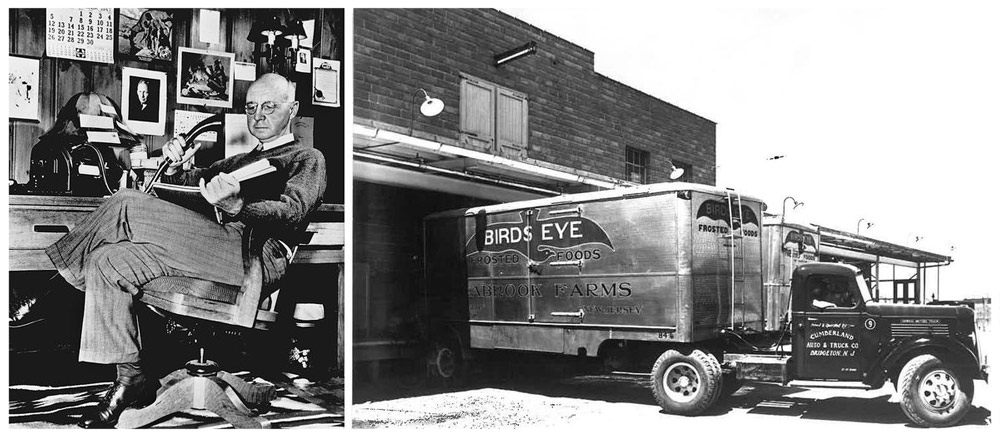
The invention
In the 1920s he developed a new double-belt freezing method: two refrigerated stainless steel belts transported the fish which froze quickly. Then he found a way to package frozen food with a material that protected it from air and water: cellophane, a relatively new French invention at the time, and for a certain period Birdseye was the only customer of the Dupont company, its first manufacturer, before cellophane wrappers became a standard feature of American consumer goods.
Having solved the packaging problem, Birdseye froze 1.6 million kilos of fish in the summer of 1927. At the same time he created the first “freezer”, the precursor of modern freezers, which arrived in stores in 1928. The following year he founded the Birds Eye company, which began working at full capacity, freezing and storing 27 different types of food: from meat to fish, from fruit to peas.
At that point the most important thing remained: convincing Americans to buy frozen foods. Birdseye invests in advertising, which promises the luxury of eating off-season vegetables and fresh-tasting seafood throughout the United States.
March 6, 1930: a historic date
The test with the general public came on March 6, 1930: in some stores in Springfield, Massachusetts, Birdseye offered consumers cod fillets and 17 other cuts of meat and fish, as well as fruits and vegetables such as spinach and peas, “wonderfully green as you’ll see them next summer“.
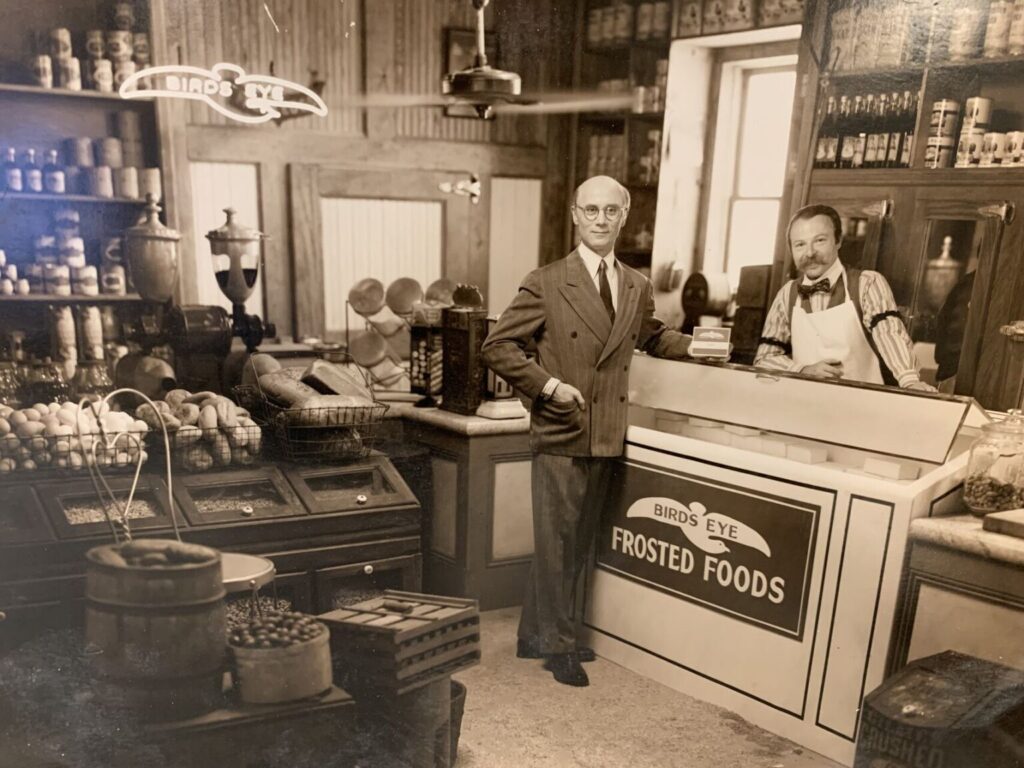
Since the then American president Ronald Reagan first proclaimed March 6 as “Frozen Food Day” in 1984 to honor the social significance of this invention, the industry around the world celebrates this date every year.
Frozen foods have become an integral part of daily nutrition.
With our sweet and savory frozen products for pastry shops, bars and restaurants we are proudly part of this great sector. Our frozen foods are the result of a safe and highly reliable production process, based on carefully selected raw materials and ingredients. Our daily commitment is to produce Quality.
Download the Catalogue, request the price list and find out more about Igloo frozen products, indispensable allies at the service of your creativity!

